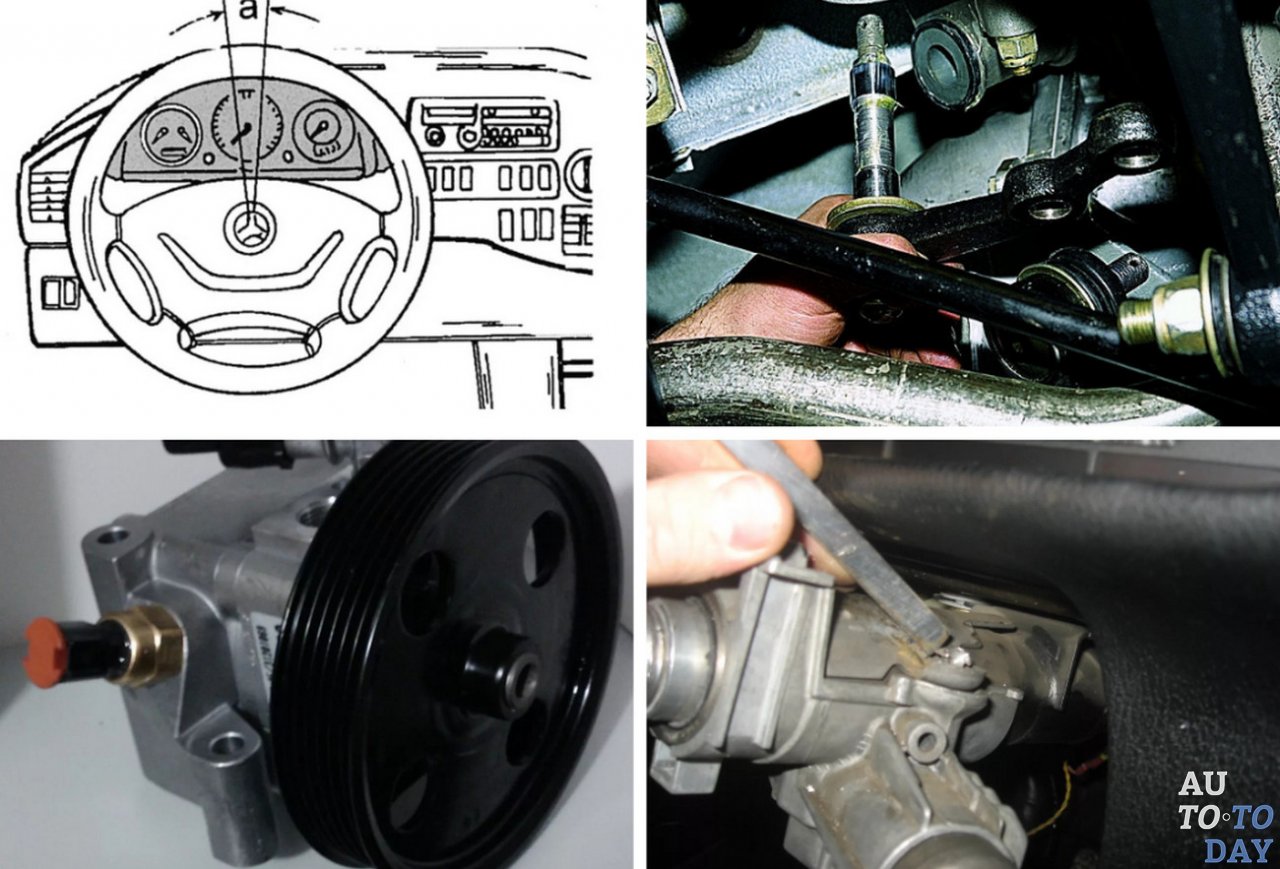
Highway Code for Texas Drivers
Content
Driving in Texas is very similar to driving anywhere else in the United States, but there are a few key differences. If you are new to the state or have lived here for many years, if you haven't read the Texas Highway Code for a long time, you should read this guide to familiarize yourself with the rules of the road here in Texas.
General road safety rules in Texas
If the seat belt anchors were part of the original design of your car, then seat belts required by the driver and all passengers. The exception to this rule, as a rule, are antique cars.
Children children under 4'9 and/or under eight years of age must be secured in an appropriate child restraint. Children between the ages of eight and seventeen must wear seat belts whenever they are in a moving vehicle.
If you see emergency vehicle with his flashing lights and siren on, you should give in to him. If he is overtaking you, you must pull over until he passes safely, and if he is approaching an intersection, do not enter the intersection or otherwise obstruct him.
If you see school bus with yellow flashing lights, you should slow down to 20 mph or less. When you see red flashing lights come on, you must stop, whether you are behind the bus or approaching it from the front. Do not overtake the bus in any direction until the bus resumes movement, the driver signals you to move, or the driver turns off the red light and stop signal.
Pedestrians always have the right-of-way at unregulated intersections (where there are no traffic lights) and when the “GO” signal is on. Pedestrians at the intersection will still have priority when the traffic light changes, so keep an eye on them as you enter the intersection and turn.
When you see red flashing traffic lights, you must come to a complete stop and make sure the path is clear before continuing through the intersection. If the flashing lights are yellow, slow down and drive with care.
If you are approaching an intersection with traffic lights not working that do not flash at all, treat the intersection as a four-way stop.
Texas motorcyclists under 20s must wear a helmet when riding. Adult motorcyclists seeking a Texas license must first have a Texas driver's license or complete an adult driver training course. Getting a motorcycle license in Texas includes a written motorcycle traffic test and a skills course. Road tests may or may not be cancelled.
Cyclists in Texas have the same rights as motorists and must abide by the same rules. Drivers must give cyclists three to five feet of clearance when overtaking and must never drive or park in a bike lane.
Important rules for safe driving
HOV (high capacity vehicle) lanes are reserved for cars, trucks, vans and buses with two or more passengers. Motorcycles can also drive in these lanes, but not single seat hybrid vehicles.
Walkthrough on the left is legal in Texas when there is a dashed white or yellow line denoting the boundary between lanes. You must never cross a solid line and driving is prohibited in areas marked with "No Zone" signs.
You can do right on red if you first come to a complete stop and check for movement. If the path is clear, you can continue.
reversals are prohibited at intersections where the sign "No U-Turn" is installed. Otherwise, they are permitted when visibility is good enough to make a turn safely.
It's illegal block intersections in Texas. If you can't clear the intersection completely, wait until the traffic clears and you can move to the end.
В four way stop in Texas you should always come to a complete stop. The driver who reaches the intersection first will have the advantage. If multiple drivers reach it at the same time, the drivers on the left will give way to the drivers on the right.
Texas has many linear measurement signals at highway entrances. Drivers will be alerted to this by a "Ramp Metered When Flashing" sign with a flashing yellow light. For every green light on the ramp, one vehicle is allowed to enter the freeway.
Accidents, Drunk Driving, and Legal Issues for Texas Drivers
If you participate in accident in Texas, try to move involved vehicles out of the way so as not to interfere with traffic. Exchange information with other drivers involved in the accident and call the police to file a report. Wait for the police in a safe place.
For adults drunk driving (DUI) in Texas is defined as having a BAC (blood alcohol content) of 0.08 or higher. Texas also has a zero-tolerance policy for minors, and a minor who tests positive for alcohol will face severe penalties.
radar detectors allowed in Texas for personal vehicles.
Texas law requires all vehicles to display valid front and rear number plates.

